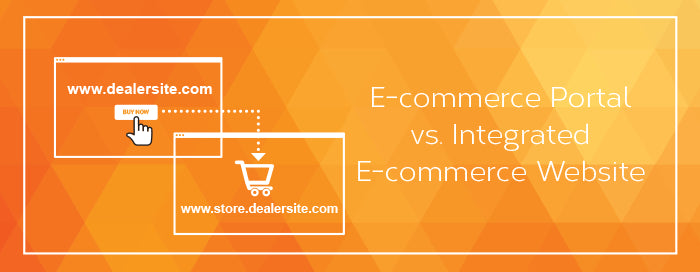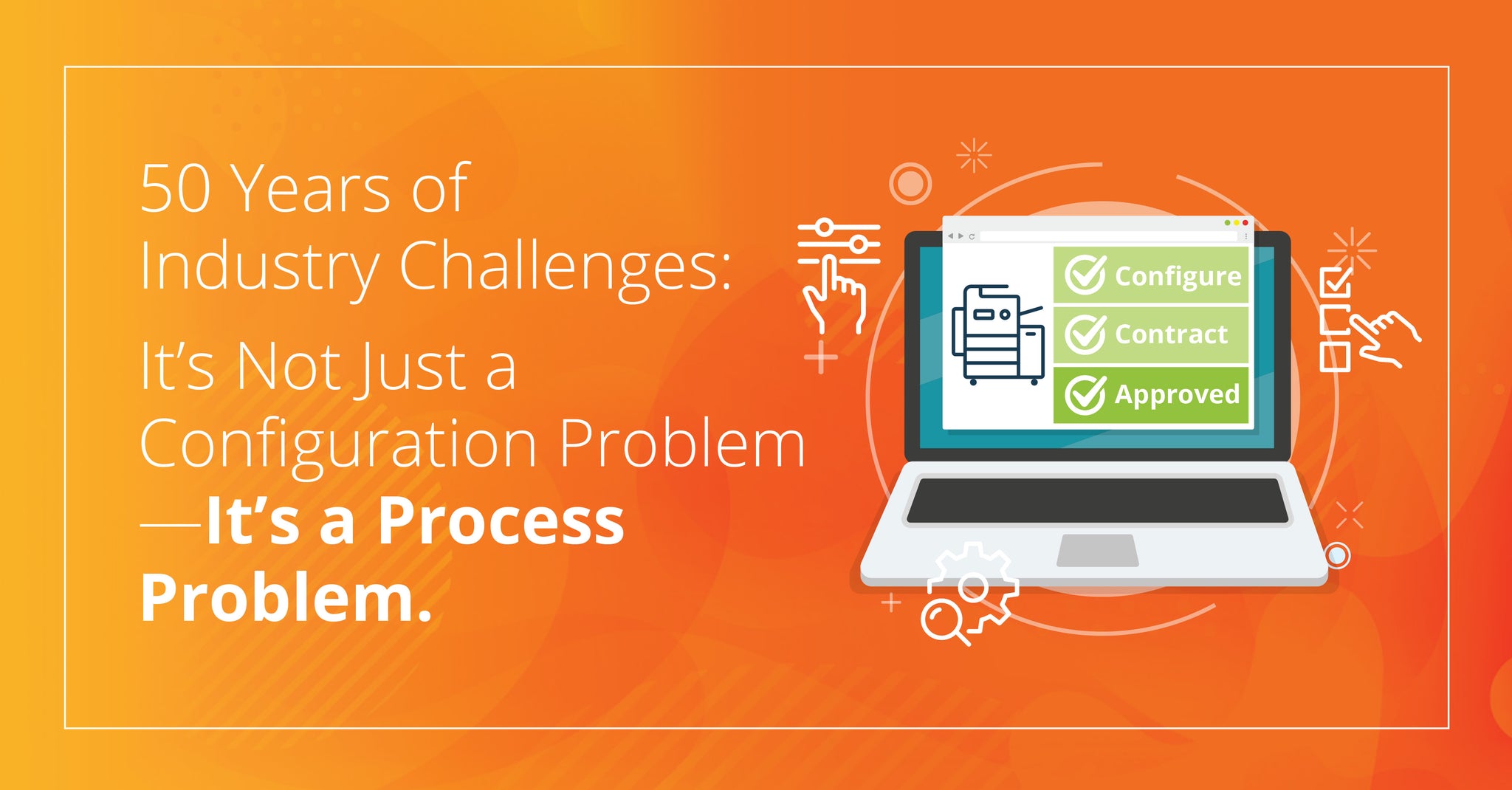Why you need to know the difference between an E-Commerce portal and an integrated E-Commerce website.

All dealers have a website that describes their goods and services: MPS, Managed IT, Document Management, and of course hardware, but if a visitor wants to buy something they are taken to an entirely different place. Usually there is a button with a shopping cart and if you click it, you go from www.dealersite.com to www.store.dealersite.comThe store may have a logo and have some colors and look similar to the dealersite.com but it’s a different place. Often users are asked to login before they can see prices. Compare that to the experience at Amazon.com or Staples.com. When you are at those sites, you can look up products in categories, see product specifications, prices are clearly marked and then when customers are ready to buy they click “add to cart.” At a store.dealersite.com, there is no ability to buy directly from your website, the customer must go to your store login and then search all over again. That’s a flawed system. There are A LOT of issues with this.
1. Inconsistent brand. In many cases when the dealer site and store don’t look the same it causes what is often called cyber vertigo: you get dizzy when you have suddenly been thrown from one place to another that is clearly different. When another window is opened in the browser, customers may feel like that they are in a rinky-dink place. That could translate to risk and a fear of giving up credit card information.
2. A key metric of SEO is traffic and average duration of visitors. Traffic going to an external store is not counted as time on your website. In fact, if people go to your site and then click on your store icon, then that traffic looks like the visitor left. Short visits are a sign that the site is not meeting expectations and this will hurt your rankings in Google.
3. The “infinite aisle” dilemma. Most store sites boast the ability to give you over 100,000 SKUs, often they are a dump of available product from your distributor. True there is an opportunity for upsell, but if you are a technology company, you might cause more harm than good mixing paper clips, pens and post-it notes in when your whole value proposition is that you have subject matter expertise in hardware and services. Technology resellers need a tighter product offering. Your value proposition is that you are not Staples. You need to choose the products and services you want to sell and be focused on them.
One major advantage to the store.dealersite.com is that it is fast, and inexpensive. You can literally be up and running in a day. This model is very popular among imaging and technology dealers, but it should be noted that it is typically viewed as an outdated model for e-commerce.
Of course I have a bias. My company began building e-commerce sites for dealers two years ago and we had the advantage of not being tied to a legacy platform. There are many integrated e-commerce development platforms available today. A great example of this growing trend is Shopify. Shopify currently has over 275,000 e-commerce websites, and is growing at over 70% year over year. Would you like to learn more? Click here to set up a 45 minute demonstration, or contact us.


